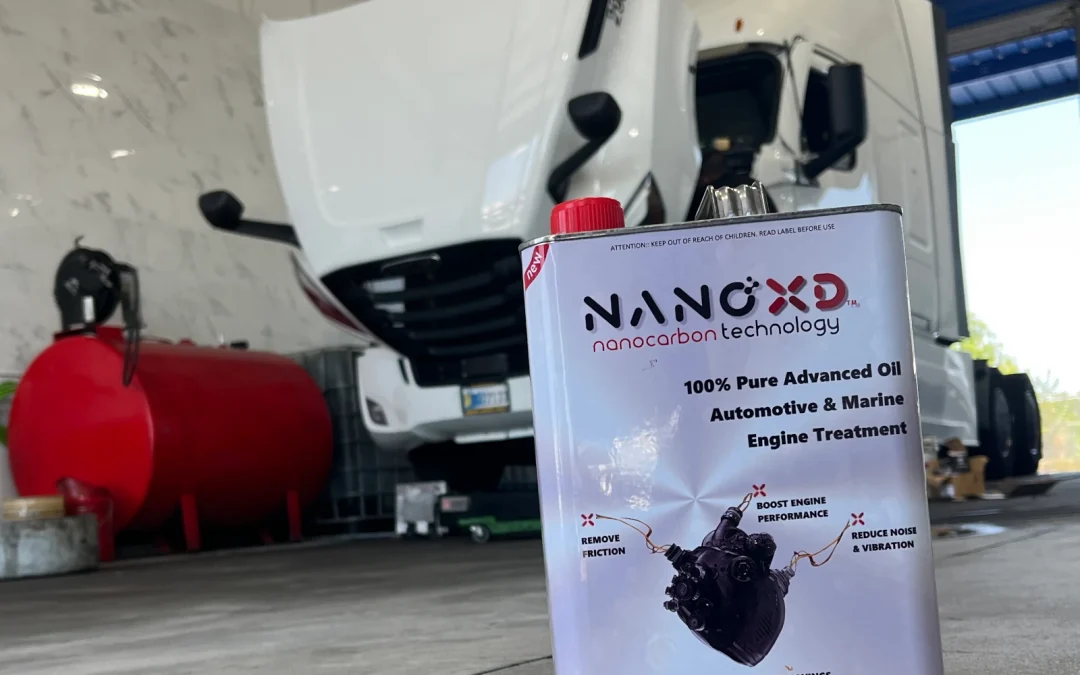How many trucks are on the US roads?
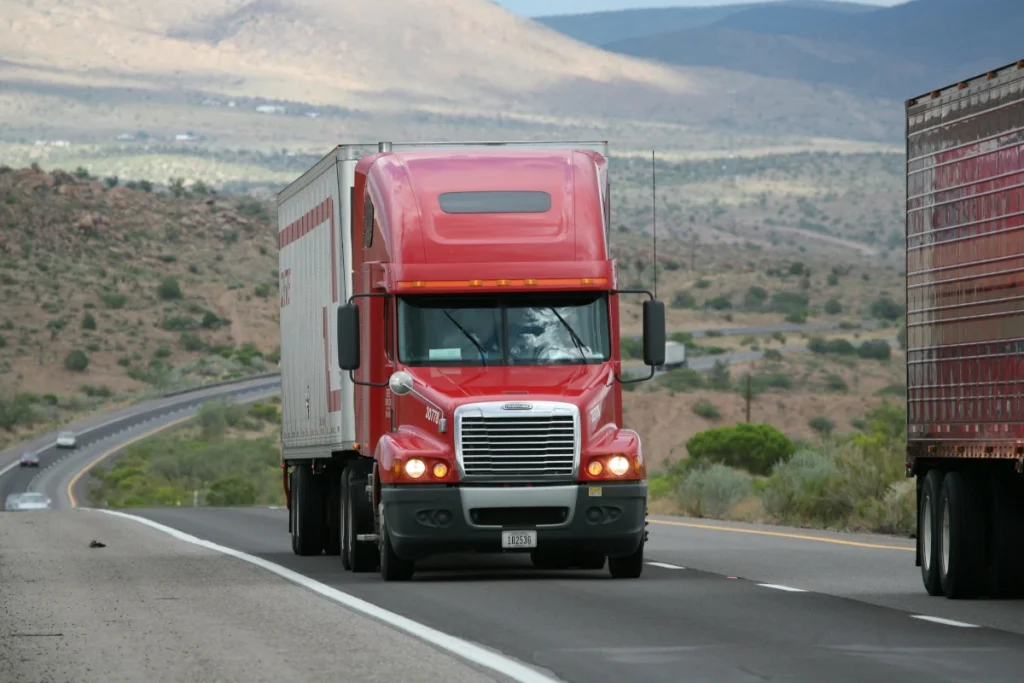
With over 13 million trucks registered in the US, including approximately 2.9 million semi-trucks, the demand for trucks continues strong in the transportation sector.
How much can a truck weigh?
A semi can weigh up to 80,000 pounds!
A Class 8 truck, the largest class, starts at around 35,000 pounds and can weigh up to 80,000 pounds at max capacity!
The heaviest trucks permitted on the US roads are 80,000 pounds when fully loaded, with this weight distributed across 18 wheels. We have a lot of respect for these large, heavy-duty trucks.
How much does the truck industry contribute to the US economy?
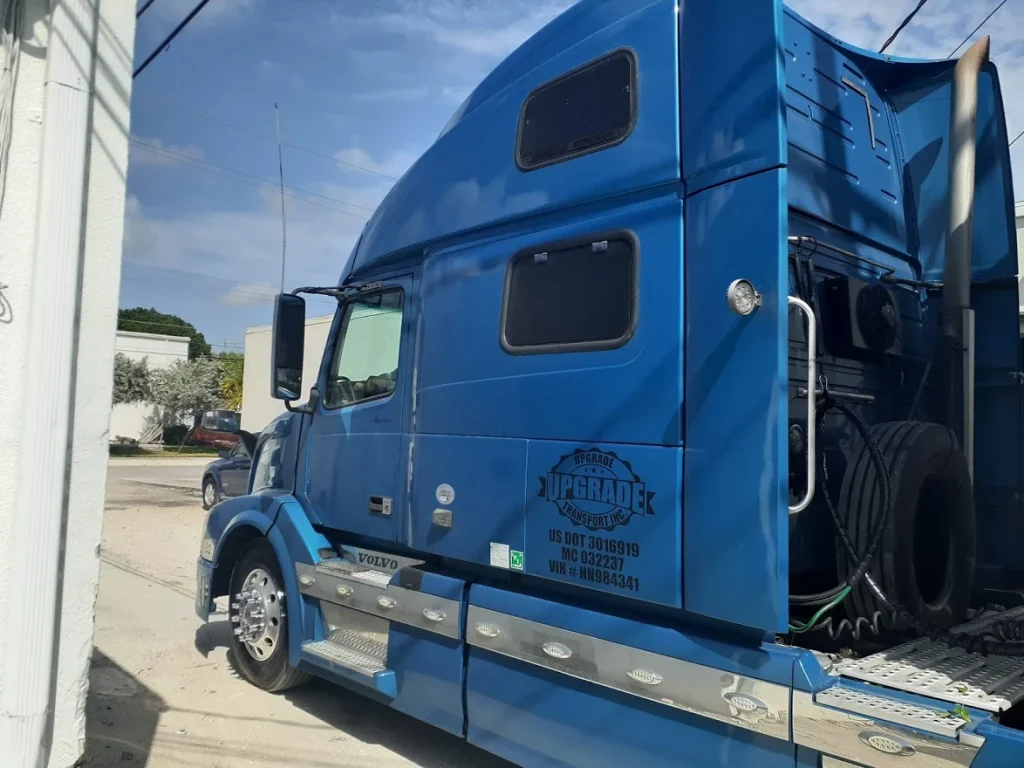
The trucking industry is indispensable to the U.S. economy, handling 71.6% of all goods transported and generating a total revenue of $10.4 trillion.
According to the Bureau of Transportation Statistics (BTS), the transportation industry generates $1.7 trillion in revenue, which comprises 6.7% of the total Gross Domestic Product (GDP).
How much carbon dioxide is generated by a semi-truck?

A single gallon of Diesel produces about 22.4 pounds of CO2 (carbon dioxide).
According to the EDF, the average freight truck in the United States emits 161.8 grams of CO2 per ton-mile.
The average tractor-trailer burns a little over 1.6 kg of CO2 per mile.
A single semi-truck can generate more than 90 TONS of carbon emissions per year when driving an average of 70K miles per year.
Calculate the carbon emission for your vehicle here: https://www.carbonfootprint.com/calculator.aspx
What is delaying the adoption of electric vehicles for long-haul trucks?
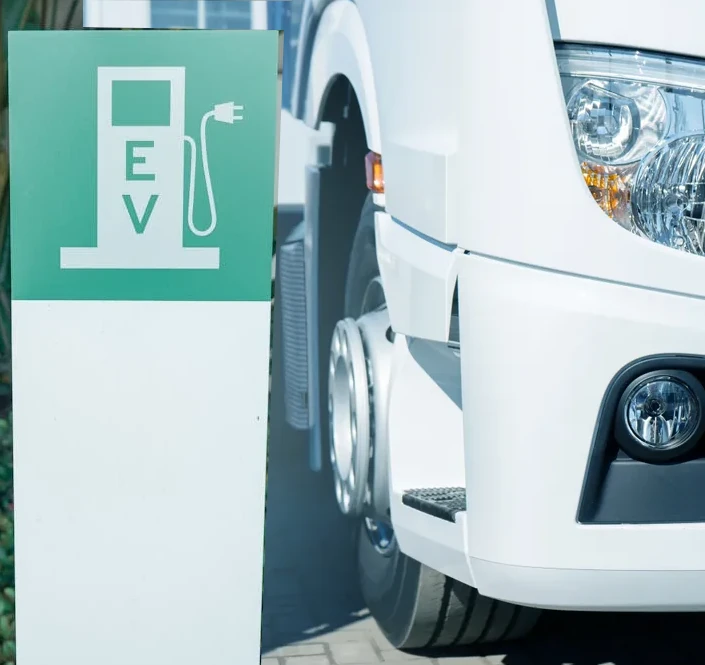
The transportation industry has seen significant advances in electric vehicle (EV) technology, promising reduced fuel usage and carbon emissions. However, successful implementation has been limited to lightweight trucks and utility vehicles.
Long-haul trucks have a long road ahead until major hurdles are addressed. Research by the Environment and Energy Study Institute highlights benefits but also emphasizes major challenges preventing EV adoption.
According to Utility Dive News, “the path forward is murkier, though, for long-haul trucking. Due to their low efficiency, high vehicle miles travelled and large batteries, these vehicles require a tremendous amount of energy to complete interstate trips and will need to recharge at public stops, where infrastructure and logistics for refueling does not exist yet”.
What are the alternatives to reduce fuel consumption on existing truck engines?

Improving Fuel Efficiency on Existing Engine Technology
Pushed by customer demands, companies are improving fuel efficiency on existing Diesel platforms.
Developing Nano Technology to Reduce Engine Friction
Nissan, and other European companies, are developing a diamond-like carbon that creates “ultra-low friction”. Several companies in the US and Europe, such as UPT, are developing new products using diamond-like carbon, with most players still facing high costs to roll out any new solutions.
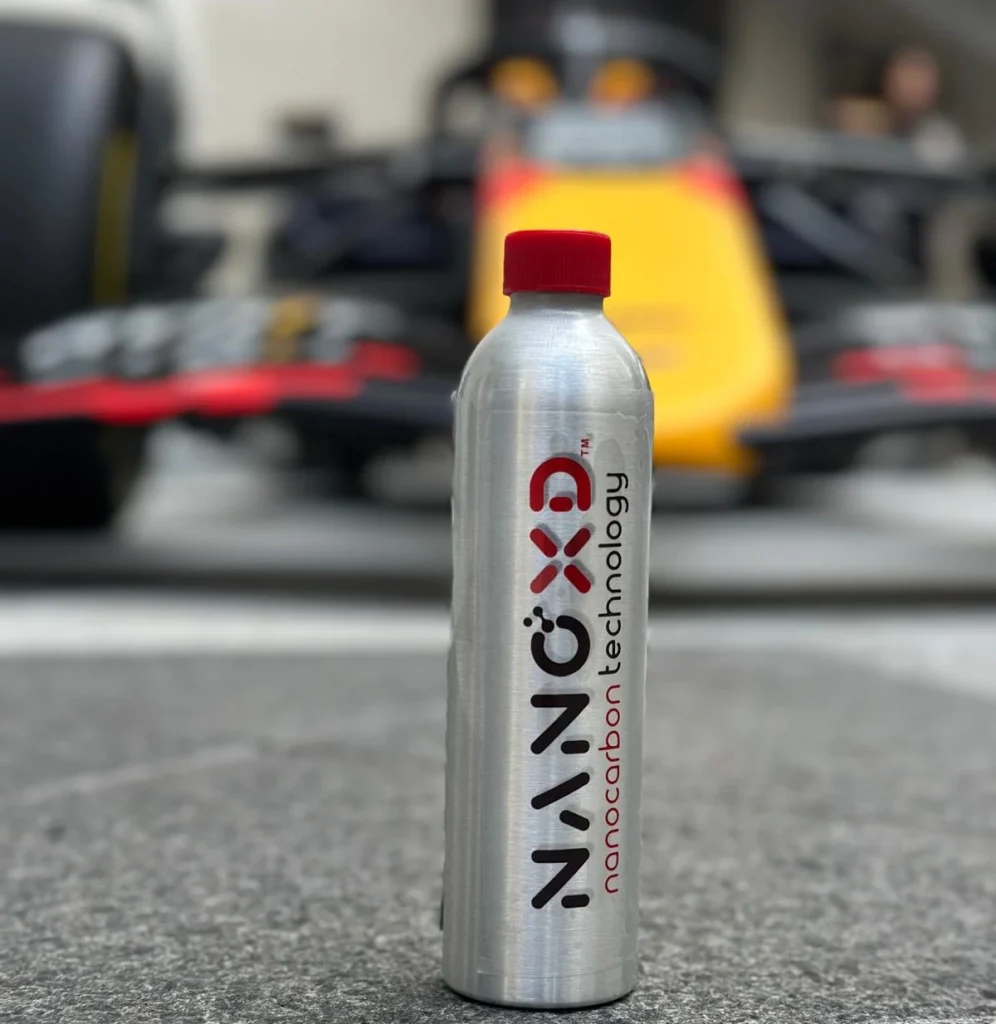
SOLUTION FOR TRUCKS
NanoXD offers a cutting-edge formula to generate nanocarbon in the engine. Already available in the USA and Brazil, this product has been extensively tested for several years on various vehicles, including long-haul trucks and racing cars.
Our formula provides the diamond-like carbon coating that creates ultra-low engine friction, leading to 8%-20% in fuel savings. Our innovative technology lowers carbon emissions, extends engine life, and offers a practical solution for drivers and transport companies alike.

